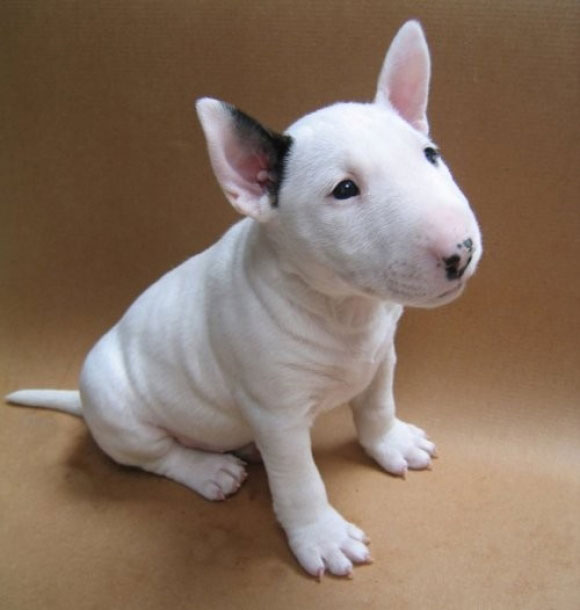 Imagine your dog becomes epileptic. Your vet says that you have to record each seizure, how long it lasts and some general details. How long will you do this? If you are Sandy Duxberry, you’ll do it 24/7 for two years until Gypsy is seizing constantly. Your life is a shambles from lack of sleep, the pain of watching your dog go through writhing, mindless seizures and spending 80% of your waking time taking care of your dog. That is one end of the spectrum.
Imagine your dog becomes epileptic. Your vet says that you have to record each seizure, how long it lasts and some general details. How long will you do this? If you are Sandy Duxberry, you’ll do it 24/7 for two years until Gypsy is seizing constantly. Your life is a shambles from lack of sleep, the pain of watching your dog go through writhing, mindless seizures and spending 80% of your waking time taking care of your dog. That is one end of the spectrum.
Monthly Archives: May 2014
Secondary Reinforcers: Primary Blather
In the language of modern dog training a clicker is a “secondary reinforcer.” Sorry, but the term “secondary reinforcer” is simply eight syllables of blather. Why? Because reinforcers must, by definition, strengthen a behavior connected to them. That isn’t what happens when you click a clicker (or say the word, “NO”) and then not provide the tangible event that is supposed to follow. I can prove it. No, I have proven it – at MIT no less. You can prove it too, in the privacy of your own home. No lab coats, no rat or pigeon cages needed. Just you, a clicker and a hungry dog.
Broom-Whacking 101
The most commonly used tool for changing a pet’s behavior is punishment. When a dog chews the couch, eliminates in the house or barks excessively, our first thought is to create an unpleasant consequence for Fido’s actions. Despite our common leaning toward aversive solutions for bad behavior, it might surprise you to know that few people know the first thing about it. This ignorance is responsible for the fact that punishment rarely works as planned.
Behavior Analysis Analyzed:
Behavior Analysis Analyzed
Gary Wilkes
Arizona State University (Presented as a course handout when I was an associate professor at the Morrison School of Agri-Business at ASU, teaching pre-vet students.)
Within the study of psychology are several sub-disciplines that focus on animal behavior. One of these fields is called behavior analysis. Unlike ethology, the study of how animals behave in their natural habitat, behavior analysis deals primarily with the way behavior is changed by the environment. This field is also called the experimental analysis of behavior. Behavior analysis began in the early 1900’s through the work of scientists such as Edward Thorndike, John Watson and B.F. Skinner. As a foundational cadre they developed terms and concepts to create a discipline that would form a science of behavior. Their original terminology and perspective of behavior analysis has remained the dominant jargon of this and other related fields. When we use terms such as “reinforcement” to describe the strengthening of a behavior, we are using terms coined by those original researchers. Continue reading
Never Bite the Tail that Wags You:
If you look in the veterinary literature, you will find reports of Bull Terriers who destructively bite their own tails. These dogs are so persistent that they often do enough damage to require removal of the tail. The odd thing about this disorder is that removing the tail may not stop the behavior. Some dogs continue to bite at the place where a tail should be. In veterinary circles, this behavior is considered neurological, in origin. In common terms this type of behavior is usually labeled “nutso”. Continue reading
veterinary literature, you will find reports of Bull Terriers who destructively bite their own tails. These dogs are so persistent that they often do enough damage to require removal of the tail. The odd thing about this disorder is that removing the tail may not stop the behavior. Some dogs continue to bite at the place where a tail should be. In veterinary circles, this behavior is considered neurological, in origin. In common terms this type of behavior is usually labeled “nutso”. Continue reading
